What rose disease is this??
wpark2419
10 years ago
Related Stories

GARDENING GUIDESWhat Kind of Roses Should You Grow?
Want to add the beauty of roses to your garden? Find out which ones, from old-fashioned to modern, are right for you
Full Story
GARDENING GUIDESGreat Design Plant: Knock Out Roses
As glorious as their high-maintenance kin for a fraction of the work, Knock Out roses make even beginners look like garden stars
Full Story
GARDENING GUIDESGreat Design Plant: Rosa Banksiae a Low-Maintenance Beauty
This thornless, disease- and insect-resistant rose brings showers of white or yellow flowers to the spring garden
Full Story
GARDENING GUIDESLearn the Secret to Bigger and Better Roses
Grow beautiful roses using both ordinary and unusual soil amendments
Full Story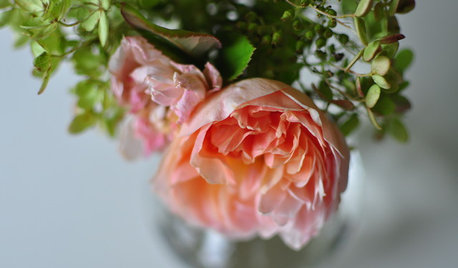
GARDENING GUIDESRoses: Crowning Touch of Gardens
Whether you're the Miss or Mister America of gardening or take a hands-off approach, roses can be a winning addition to your landscape
Full Story
GARDENING GUIDES6 Wonderfully Easy Roses for Any Gardener
Look like an expert even if you're just starting out, with these low-maintenance gems of the rose world
Full Story
SPRING GARDENINGHow to Grow a Rose Garden in Pots
Everything can come up roses, even without a plot of soil in sight. This step-by-step guide to growing roses in containers shows you how
Full Story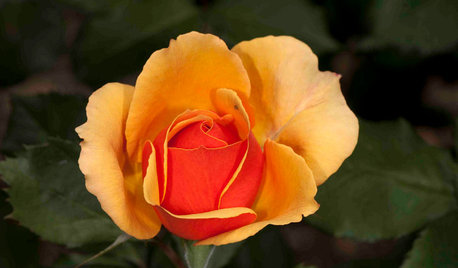
SPRING GARDENING5 Exotic Rose Colors for a Beautifully Different Garden
Give red a rest. Let these daring hues take the spotlight instead for a rose garden that turns heads
Full Story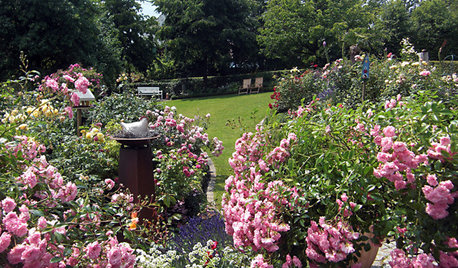
GARDENING GUIDES5 Sweet to Spirited Pink Roses for an Enchanting Garden
Whether you go demure or daring, there's a pink rose here to make you flush with garden pride
Full Story
WINTER GARDENINGPruning Secrets for Exquisite Roses
Encourage gorgeous blooms year after year with this time-tested advice on how to prune your rosebush in winter for health and shape
Full Story





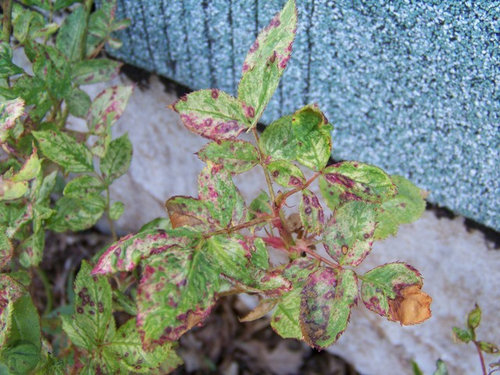
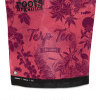
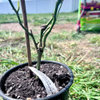

wpark2419Original Author
michaelg
Related Professionals
Fillmore Landscape Architects & Landscape Designers · Manorville Landscape Architects & Landscape Designers · Rancho Cordova Landscape Architects & Landscape Designers · College Park Landscape Contractors · Concord Landscape Contractors · Leicester Landscape Contractors · National City Landscape Contractors · Rosemount Landscape Contractors · San Antonio Landscape Contractors · Smyrna Landscape Contractors · Waterford Landscape Contractors · Woodbury Landscape Contractors · Forest Hill Landscape Contractors · Shenandoah Landscape Contractors · Ferguson Landscape Contractorswpark2419Original Author
jean001a
wpark2419Original Author
ken_adrian Adrian MI cold Z5
agardenstateof_mind